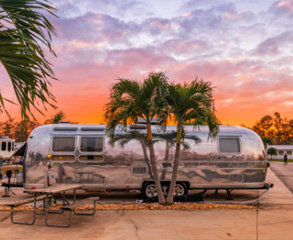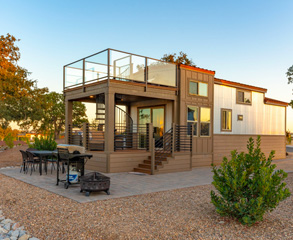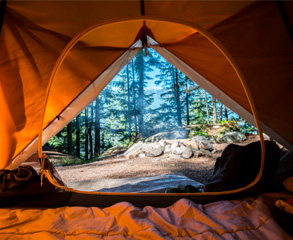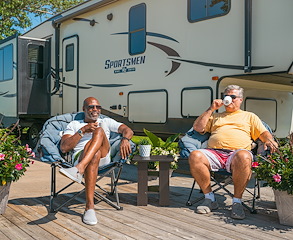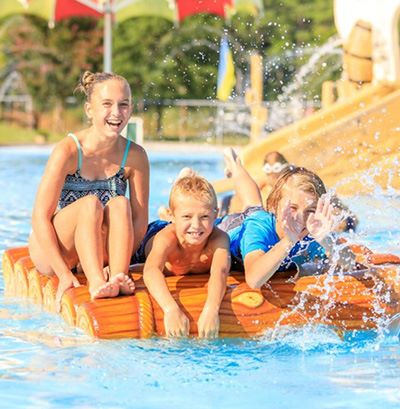13 Essential Bike Safety Tips for Beginners
With the rise in popularity of biking, it's crucial to prioritize bike safety. Whether you're new to cycling or a seasoned rider, these tips will help you feel more confident on the road. Remember, bike safety extends beyond cyclists; drivers also play a vital role in keeping our roads safe.
1. Wear a Helmet
Wearing a helmet is the most effective way to protect your head while biking. It may mess up your hair, but it's an essential part of bike safety.
2. Ride with Traffic
Always ride your bicycle with traffic, not against it. This practice increases your visibility to drivers and helps prevent accidents. Follow the flow of traffic, whether or not there's a bike lane.
3. Obey Traffic Signs and Signals
Bicycles are considered vehicles in most of North America, so it's important to obey traffic signs and signals. This includes stop signs and traffic lights. Familiarize yourself with local laws, as some areas have specific rules like the "Idaho Stop."
4. Use Hand Signals
Communicate your intentions with hand signals when turning or changing lanes. For instance, raise your left arm to signal a left turn. This practice alerts other road users to your actions.
5. Don't Wear Headphones
Avoid wearing headphones while biking. Listening for cars, pedestrians, and emergency vehicles is crucial for your safety. Stay aware of your surroundings!
6. Turn on Lights at Night
When biking at night, equip your bike with lights. Use a bright headlight and a red taillight, ideally flashing. Additional lights, like wheel hub lights, enhance your visibility.
7. Dress for the Weather
Dress appropriately for the weather conditions. In colder months, layer up to protect against wind chill, and in warmer months, choose breathable clothing. Be mindful of how temperature feels when biking, as exertion can change your comfort level.
8. Make Eye Contact with Drivers
Making eye contact with drivers can significantly improve bike safety. It ensures they see you, particularly at intersections and when changing lanes.
9. Don't Be Afraid to Use the Lane
As a cyclist, you are entitled to use the full lane. Riding in the middle can increase your visibility and keep you safer than hugging the edge.
10. Always Use Both Hands
Keep both hands on the handlebars at all times. This control helps you navigate unexpected bumps or obstacles safely.
11. Look Behind You
Regularly glance behind you when biking. This habit is essential for changing lanes or turns. If you find it difficult, consider using a rearview mirror for better visibility.
12. Watch for Road Hazards
Stay vigilant for road hazards, such as potholes, nails, and debris. Watch out for shiny spots on wet roads, as they may indicate slick oil patches. Avoiding puddles can also help prevent accidents.
13. Advocate for Safer Streets
You can contribute to bike safety off the bike by advocating for safer streets. Join discussions at council meetings about protected bike lanes and visible crosswalks to promote safer cycling infrastructure.
We hope you found these bike safety tips helpful! With many biking opportunities near our resorts across North America, we're proud to support cyclists. If you enjoyed this post, consider sharing it with fellow biking enthusiasts!
Related Posts
